In iOS 9, storyboards can be connected by a 'storyboard reference' that links to a second storyboard by adding a storyboard reference and setting the 'referenced ID' to the name of another storyboard file.
Is it possible to set up an unwind segue in the second file that unwinds to a scene in the first file? If so, what steps are involved, either in Interface Builder or in code?


